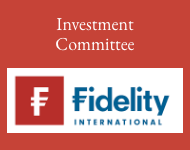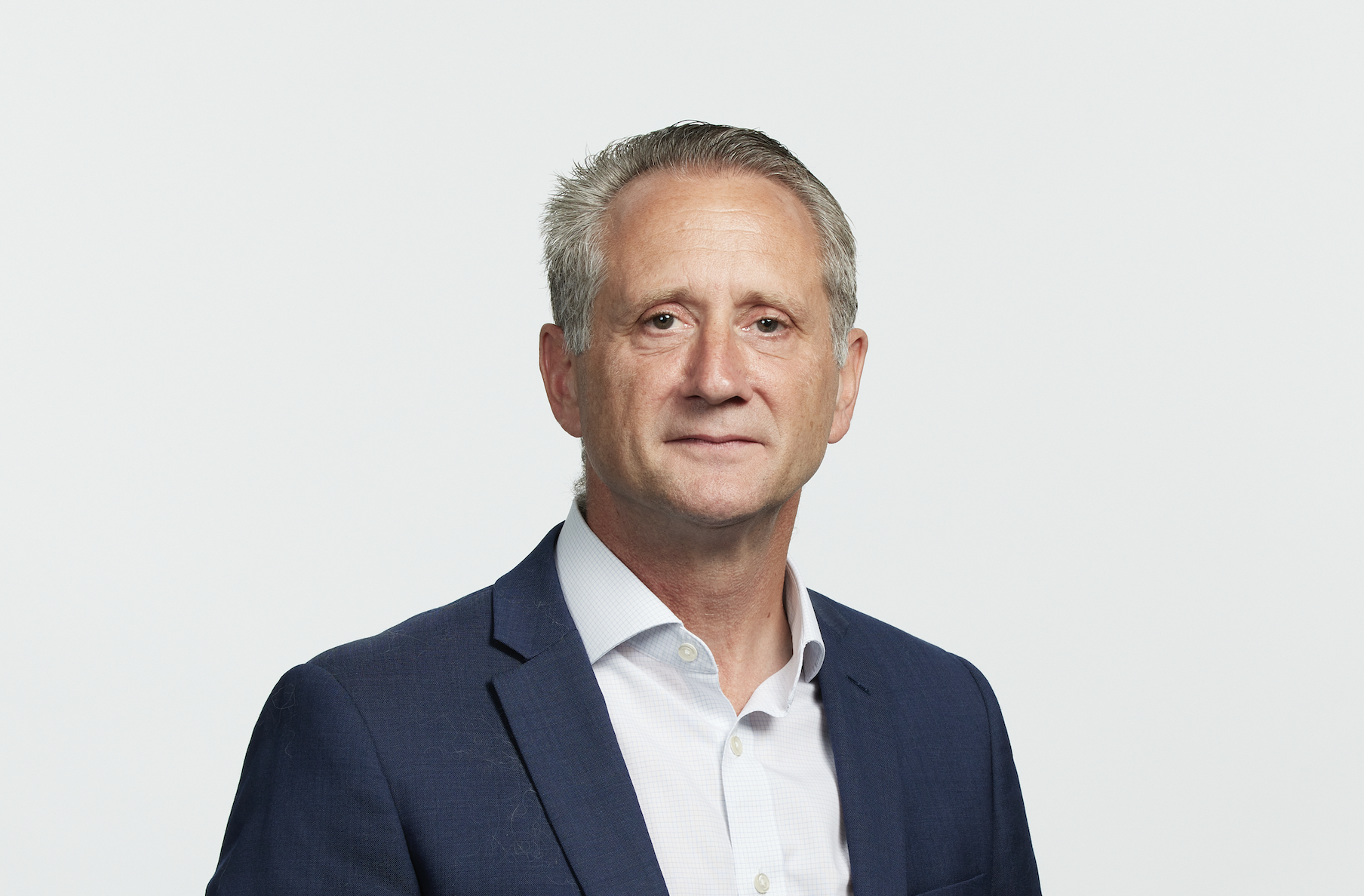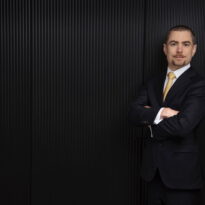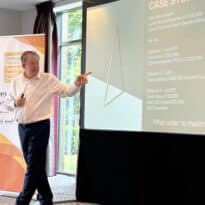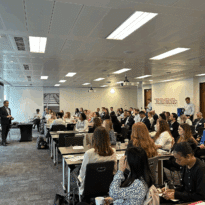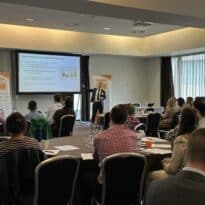Integration of AI into Dynamic Planner’s platform will help to cut the delivery of simple annual review reports “from minutes to seconds”, Ben Goss, CEO of Dynamic Planner told delegates at the company’s ‘Pioneering Tomorrow’s Technology’ conference. Rob Kingsbury reports.
The advances in AI will offer paraplanners “huge opportunities” to get involved with the technology in their firms, Goss said. This includes customising how the technology is best used within their firm, the tone and personalisation with clients, developing and improving how the technology engages with the client, as the technology continues to rapidly evolve and deliver far more in the future.
In his keynote speech Goss set out the three key principles that technology must deliver on for advice firms:
• End-to-end support for the advice process, where regulatory scrutiny is ever increasing – with a firm’s proposition and advice policy embedded.
• Data driven processes to save time and provide the actionable intelligence firms need to demonstrate they are delivering under Consumer Duty.
• Automation of as much of the technical and administrative process as possible – leaving advisers free to focus on higher-value activities, in particular client coaching.
Announcing the launch of an early adopter programme for the use of Generative AI, Goss demonstrated the technology live on screen.
This included live communication with the client using pre-loaded text, sent securely through DP’s TRAM portal, updating of the client’s goals, the input of new pension details from a photo taken of a policy document, with the AI automatically reading and populating the advice firm’s client records, including cashflow modelling.
DP was applying technology “as hard and fast as we can,” Goss said, adding that automation was “critical” now for advice firms.
Those taking part in the early adopter programme, he said, will help shape how AI is integrated into the financial advice process in Dynamic Planner “to drive automation and personalisation”.
“AI within Dynamic Planner will capture unstructured data from client meetings, transcribe and summarise it, and automate and personalise the suitability assessment process and report creation.
“Crucially, annual review report creation times are being targeted, for simple clients and cases, to be reduced from the 5 minutes already experienced by the top 20% of Dynamic Planner users – to under 5 seconds,” Goss said.
“We are really interested in learning what our adviser firm clients want from our platform. Feedback is essential and we incorporate ideas into evolving our software and making the process easier and faster for advisers and paraplanners.”
Goss said the company had been investing £5million a year into developing its technology and importantly, its underlying data lake.
This had enabled it to inform and develop the platform with the technologies needed for advice firms to flourish in the years ahead, he said. “We don’t see anyone else in the market investing in the same way.”
The early adopter programme will be rolled out in the next couple of months, aimed at ensuring the best alignment of the technology with advice firms’ business processes. When the company is sure those elements are matched, it will be rolled out to DP’s wider market.
At the conference Goss also announced the launch of holistic Fact Finding, optimised for use on smartphones as well as web browsers, which will also be available through DP’s Tram. The new enhancements are aimed at speeding up the Know Your Client process for firms and make their services even more accessible and engaging to clients, Goss said.
In addition, a new Insights module offers firms a suite of reports “to monitor and manage their clients and their businesses and deliver automated actionable intelligence”.
The reports cover all client, advice and planning activity undertaken in Dynamic Planner including reporting on ongoing servicing tailored to meet FCA information requests.
The company also announced the Dynamic Planner AI Charter, a five-point charter for the application of AI within the platform to ensure safety, covering five commitments: Data Security, Fairness, Transparency, Compliance, Responsible Use.
Helping to close the advice gap
Goss said the opportunities presented by the rapidly developing and advancing AI technologies, offered advice firms the ability to move profitably into the ‘advice gap’ space.
“As advice technology pioneers we continuously ask ourselves about the role we can play in helping everyone who wants financial advice to be able to access it and firms to be able to provide it even more compliantly and profitably.
“It’s well understood that while four million people benefit from personal advice currently, 12 million more would pay for it if it could be made more accessible and affordable. It is also true that firms often face an internal ‘advice gap’ struggling to profitably serve smaller value clients or the next generation of client. The power of personal financial advice is clear, but the barriers remain and cost to serve is an ongoing challenge,” he said.
“So where does technology come in to making this very human aspect of advice more accessible to more people?
“The combination of end-to-end process support including for smartphones, data driven processes and automation is the catalyst. It will create the capacity that’s needed; it will lower the cost to serve; it will help advice firms confidently meet the regulations; but most compellingly, it will enable the advice industry to scale the human element of what it does – acting as professional advisers and coaches to the many existing and new clients who need and want personal advice.”
Main image: markus-spiske-ViC0envGdTU-unsplash




